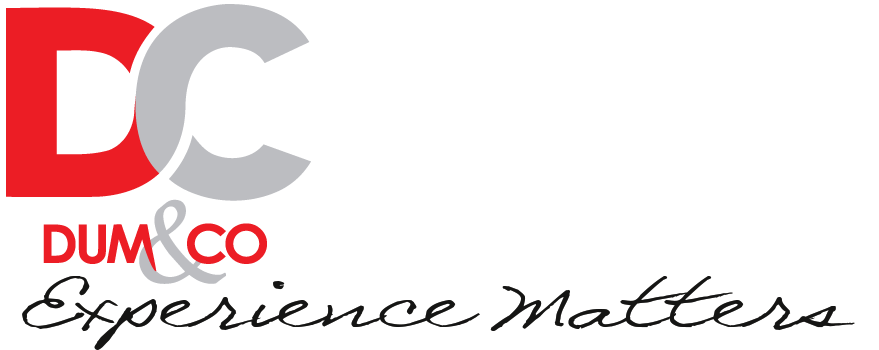Need a website but don't know where to start?
Your very first step should be to decide why you want a website. What do you hope to achieve and how are you going to ensure you meet these goals?
Simply building a website because your competitors have one or asking your assistant to scan in your printed brochure is not good enough for developing a successful online presence that brings you continuous new business.
Developing an effective website requires thoughtful planning. Understanding the entire process before you begin will save you time and money as the project progresses.
There are six basic stages: planning, content development, graphic design, programming, marketing and promotion, and maintenance. Depending on your skills and experience, you may need assistance on some or all phases of your project.
Planning
- Determine who the audience is for your site
- Take a close look at websites you like
- Carefully plan how the site will be organised so that it is easy for visitors to navigate and easier for you to maintain.
- Set goals and know what you want to achieve by having a website
- Set a budget
Remember that a website is a constant work-in-progress. Most websites change fairly often because the technology makes electronic publishing fast and relatively inexpensive. A well planned site simplifies this process. New content and features can be easily added without having to re-design the site.
Content Development
The content for your website will probably be a combination of information you currently have and some new information you will have to create. Keep in mind that reading off the screen is not the same as reading off a printed brochure so short concise information is best, rather than wordy explanations. This may be a time when you want to hire a creative writer, editor, web-savvy public relations pro or a one-stop shop web development company to help you put your most important company and product information into writing in the best form for the world wide web.
Graphic Design
Regardless of how well-written and interesting your content is, the graphics and layout of the pages set the tone. Your online image is as important as your printed brochures, stationary and/or shop front. To create a good impression, include some well designed graphics, be careful of the fonts and colours chosen for the screen, and ensure that pages include lots of white space and aren't too cluttered. A good designer can be of enormous help.
To help you in the process we have designed 24 pages worksheet. You can download it here.
